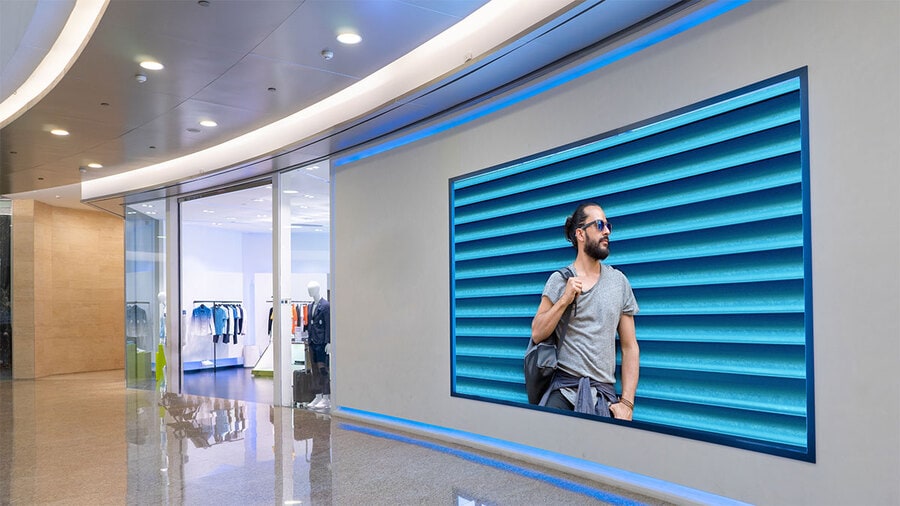LED panel panels are increasingly favored for and advertising and entertainment due to their bright and vivid displays. Grasping the elements that affect the luminosity of these panels is crucial for producers and buyers alike. Luminosity is typically measured in nits, which shows how much illumination is emitted from the surface of the panel. Numerous key elements affect to the overall brightness, including the kind of Light Emitting Diode used, the caliber of the panel materials, and the power provided to the screen.
The kind of LED chip used in a panel screen plays a significant role in its brightness. Various LEDs produce varying levels of light output, which gauge the amount of light perceptible to the mortal eye. Premium chips, such as those made using sophisticated technology, can generate brighter illumination with greater effectiveness. Furthermore, the hue temperature of the Light Emitting Diode also influences perceived luminosity. For instance, colder color tones (higher K values) can appear more luminous than warmer ones, even at the same light output rating. This feature is vital for applications where clarity is crucial, such as in external advertising.
The substances used in the building of LED panel panels also affect their brightness. The kind of substrate and coating materials can affect how much illumination is conducted versus how much is absorbed or dispersed. For example, a panel made with premium optical material will permit more light to flow through More Help than one made with lower-grade materials. Additionally, the configuration of the panel, including its depth and the arrangement of the LEDs, can improve or diminish luminosity by affecting how illumination is distributed across the screen.
The energy supply provided to the Light Emitting Diode wall screens is another critical element in establishing brightness. Each LED component has a particular voltage and electric flow need for optimal functioning. If the power supply falls short, the luminosity of the panel will decrease. Conversely, supplying too much power can lead to excessive heat and reduced durability of the LEDs. Therefore, ensuring a consistent and adequate energy source is essential for realizing consistent brightness levels. This is especially important in dynamic screens, where luminosity may need to be adjusted for varied illumination conditions.

Finally, environmental factors can affect how brightness is perceived. Ambient illumination conditions play a significant role in how bright an Light Emitting Diode a great post wall panel looks. In bright sunlight, for example, a screen with a lower luminosity rating may have difficulty to be seen clearly, while a higher-brightness screen can stand out more efficiently. Additionally, the perspective from which the panel is observed can affect luminosity appearance due to how illumination reflects off surfaces. Comprehending these factors helps buyers choose the right Light Emitting Diode wall screen for their needs and guarantees that producers produce products that satisfy brightness standards for various uses.
Comments on “Investigating the Essential Factors That Influence Luminance in Light Emitting Diode Display Screens”